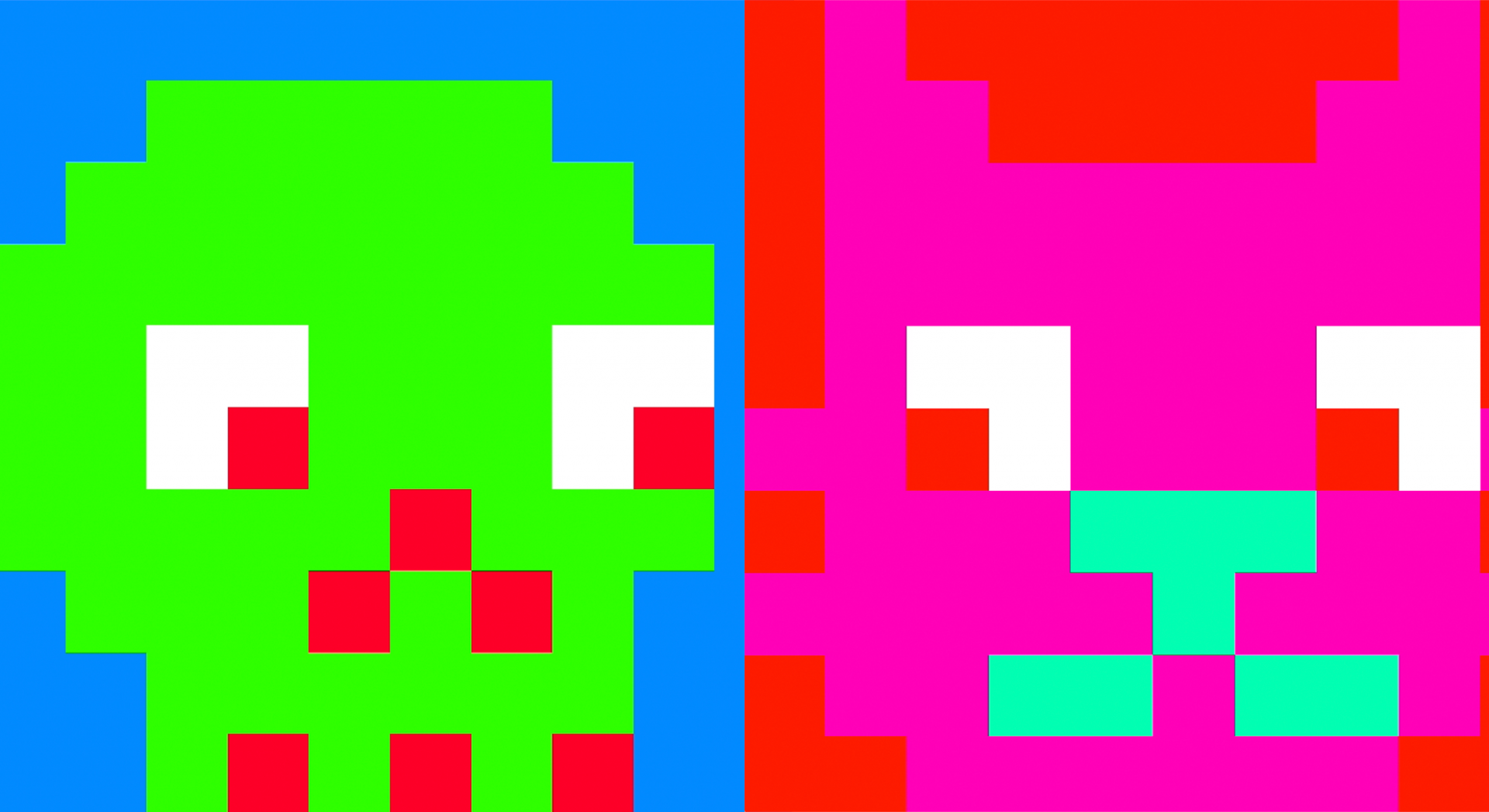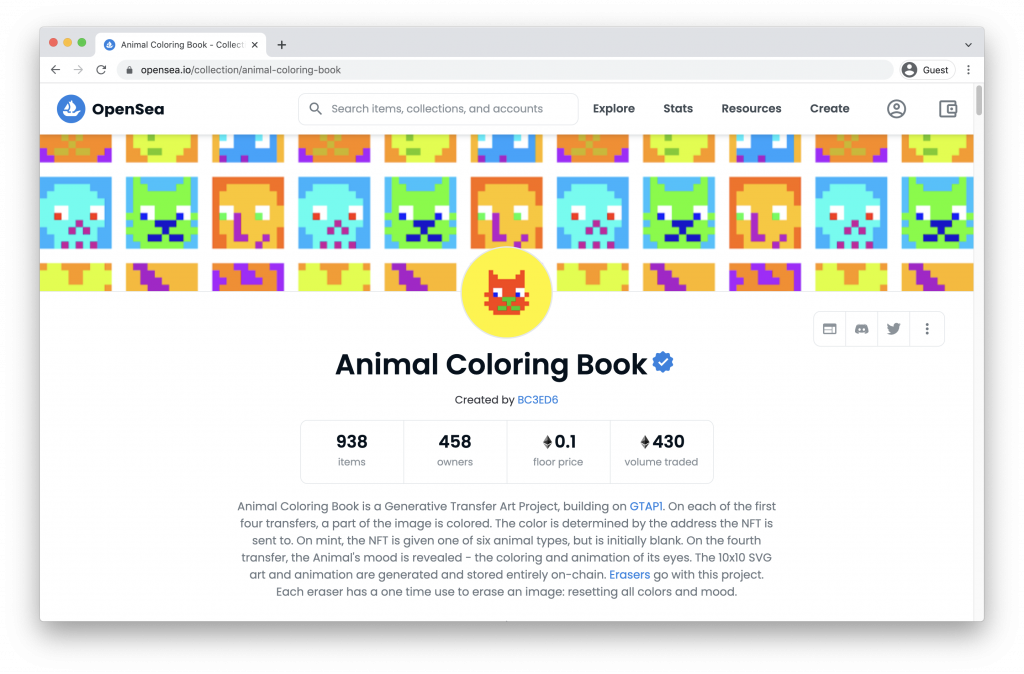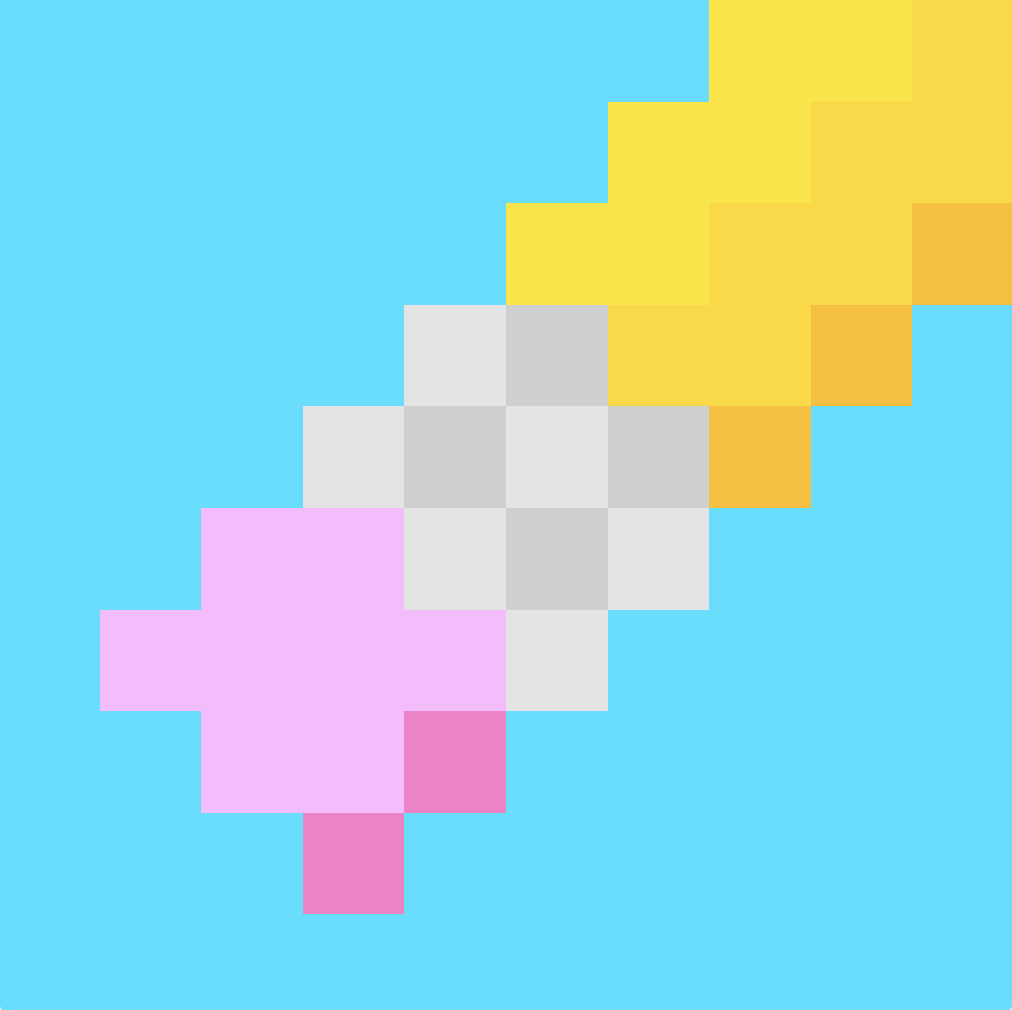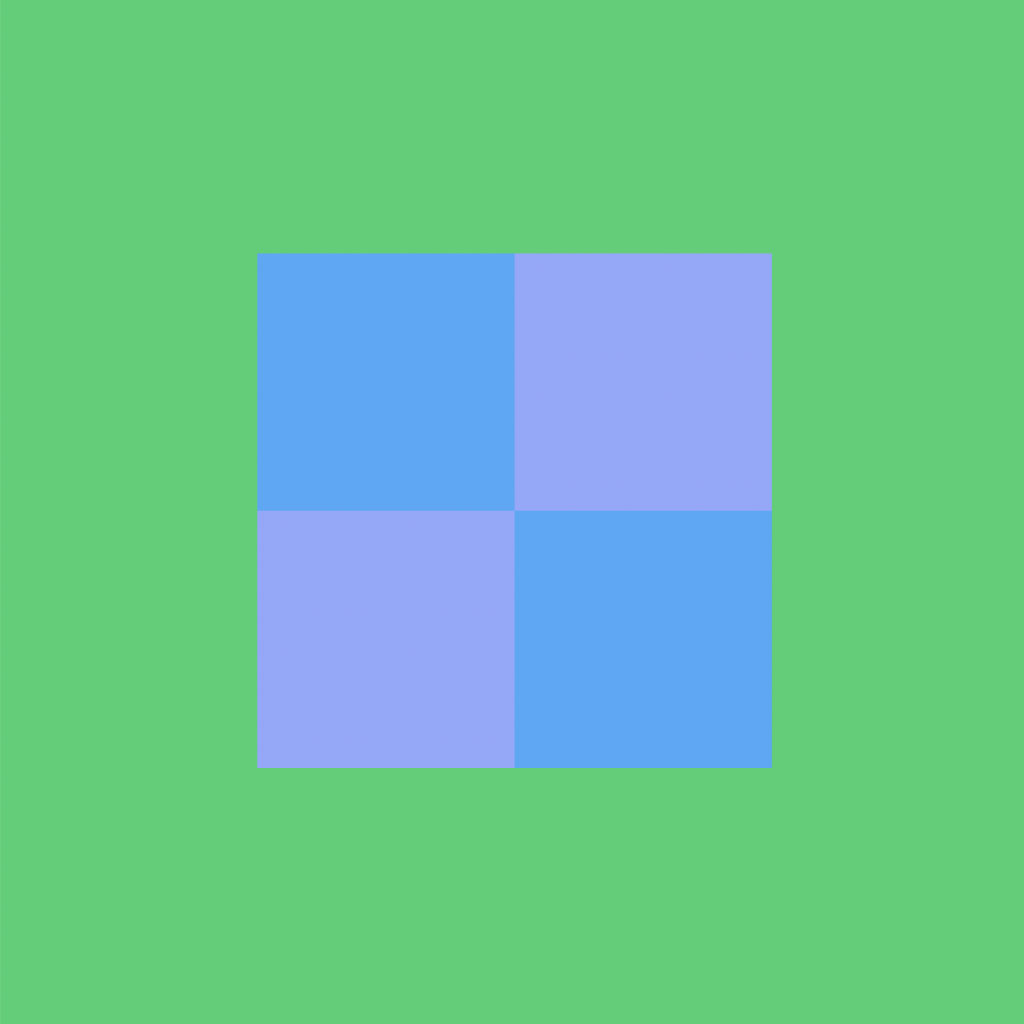Postcards from the Gameworld
Gabriel Massan’s gorgeous adventure game incorporates NFTs as player souvenirs, rather than using the blockchain to elaborate on the game’s collaborative spirit.


One of the main perks for NFT collectors on generative art platforms like Art Blocks is the role they get to play in creating the works: the transaction generates a random seed that the artist’s algorithm uses to determine the visual output. But isn’t there something at least a little arbitrary about limiting this privilege to the first person who will ever own the work? NFTs—as with any artworks—are almost guaranteed to pass through various sets of hands throughout their lifetimes. A generative artwork can be coded to incorporate a representation of its new owner every time it is transferred.

A new project called Animal Coloring Book is probing that possibility. The collection is an example of what its creators—Wilson Cusack, Joe Ringenberg, and John Palmer—are calling “transfer art,” or art that changes anytime the work moves to a new wallet. Each work in Animal Coloring Book begins its life as a blank image, assigned one of six possible types—cat, bunny, mouse, skull, unicorn, or creator. The remaining attributes of those animals, including the colors of their various features and, eventually, an animation of the animals’ eyes that evokes a particular mood, are only revealed after four transfers between wallets. An algorithm determines what color will fill each section of the image, based on the recipient’s wallet address. The work is not considered complete until the fourth transfer, but even then, a limited number of NFT-based “erasers” exist to allow collectors to start the whole process over again.

The series—which launched in September on OpenSea—grew out of a previous collection that applied a similar concept to matrices of colored squares. In that project, plainly titled Generative Transfer Art Project 1, a blank image is populated by a colored square each time the NFT is transferred, up to sixteen squares in a four-by-four grid. Many of these digitally generated color fields end up looking like TV static, but some have turned out quite beautifully. Generative Art Project 1 was plagued by a bug in the code that generated copies of each work when transferred, making it difficult for collectors to tell which ones were authentic. But the creators seem to have resolved this technical hurdle in Animal Coloring Book.
Animal Coloring Book’s whimsical title and the simple compositions of the outputs mask the project’s complexity. Each completed animal is a snapshot of its provenance—a visual representation of the artwork changing hands. Animal Coloring Book is built with the idea that a secondary market exists for these works as soon as they are minted. Each animal internalizes its provenance, with the wallet addresses of its various owners manifesting themselves as different colors or animations. The social and economic character of these artworks is intrinsic to their existence.

In practice, though, it’s clear that many of the Animal Coloring Book images develop not through organic trading, but self-transfers between wallets that are clearly controlled by the same person; a look at the OpenSea listings reveals several artworks that have been traded among two accounts with nearly identical usernames. Does this undermine the project or reveal something interesting about the collectors’ impulse for control? Collectors might be loath to sell an animal that isn’t fully developed, out of fear that they could be giving up a rare trait that would only appear as soon as it is sold (one less common trait, for example, is a “mischievous” animal whose pupils scan from side to side, which accounts for just one percent of the collection). Then again, undeveloped coloring books might be more highly prized than fully developed ones with common characteristics—at least they have potential. What’s certain is that the ever-changing nature of these artworks comes with new financial opportunities for collectors to consider.

Animal Coloring Book seems to be an early example of a trend towards NFT artworks that are dynamic and collaborative, as opposed to fixed. The entrepreneur Moxie Marlinspike, in his widely-read critique of web3, described making a dApp called Autonomous Art that allows people to collaborate on a work of art. Anyone can pay to make a change to the work, with fees to do so increasing over time, and the image that the NFT represents is updated for every existing holder every time it is modified. Marlinspike also developed an NFT that appeared differently depending on what interface someone was using to view it. It’s easy to imagine how, using the transfer as a trigger, future collections might similarly transform in other creative ways over time. For example, a work might be programmed to regenerate its entire composition as soon as it is sent to a new wallet. Or it could be reincarnated with the same composition but a different color scheme. Collectors and artists alike might have to relinquish more control to the algorithms, but the artworks themselves might ultimately become more reflective of the social context in which they exist.
Jon Victor is a writer based in Montreal.
